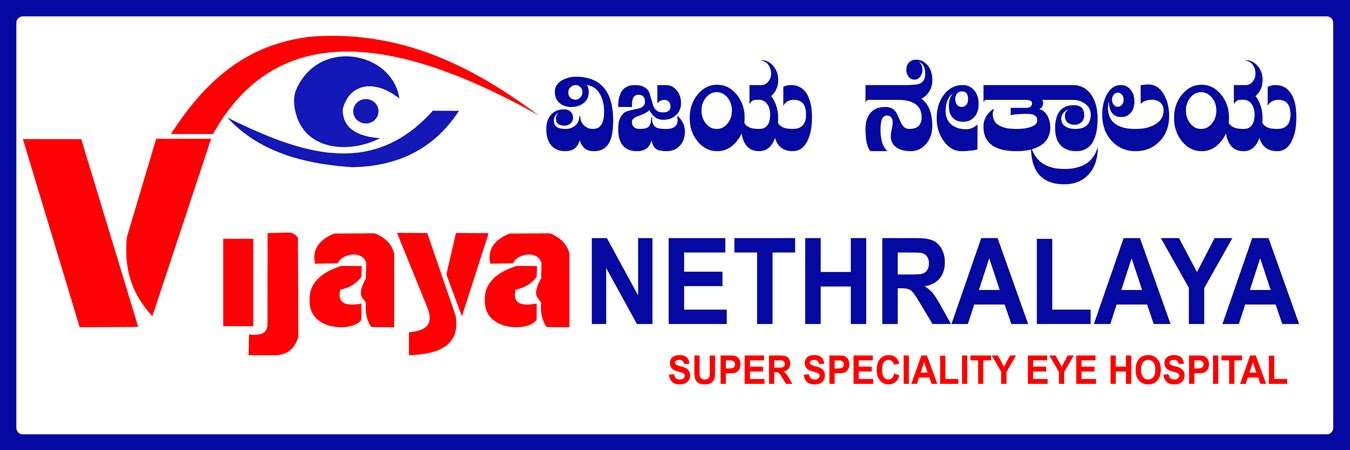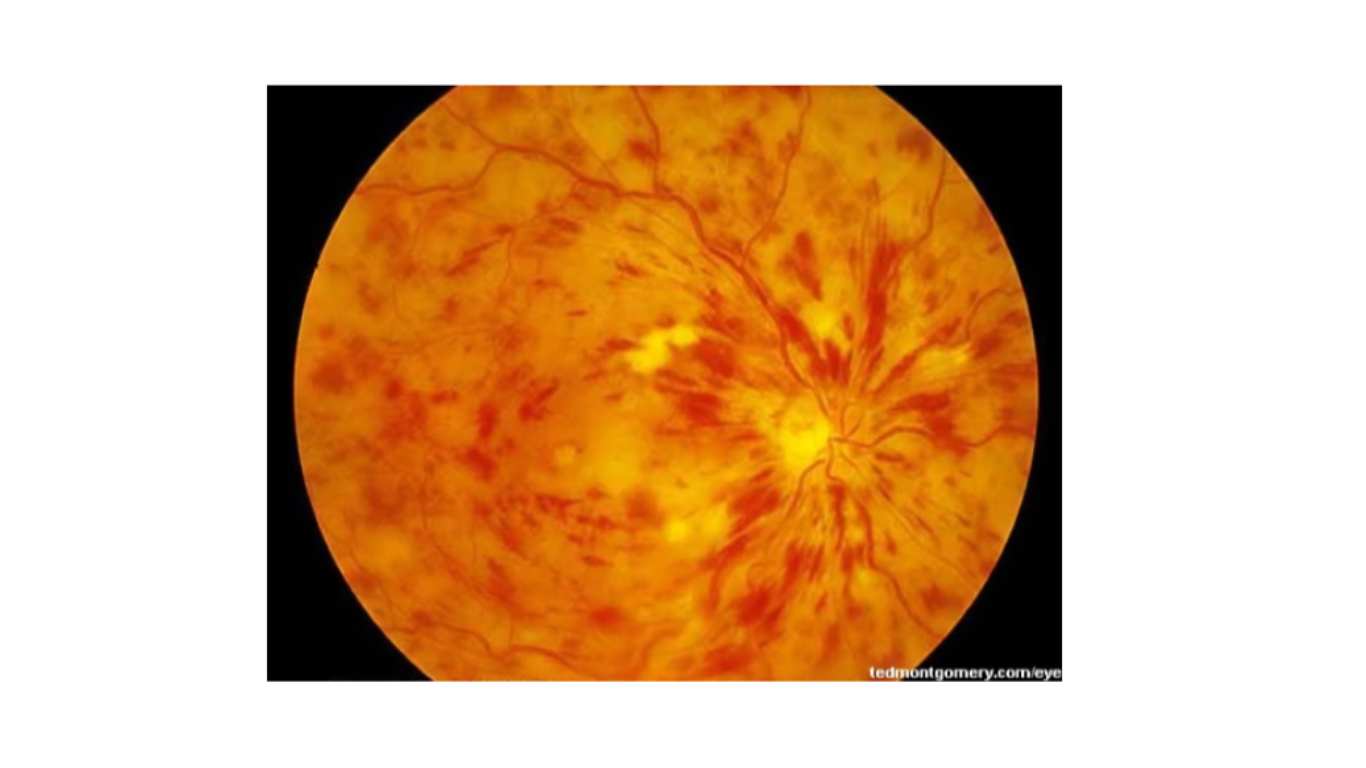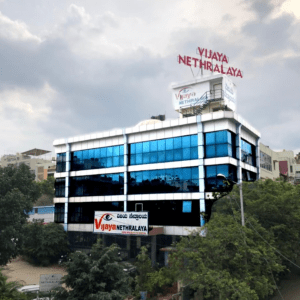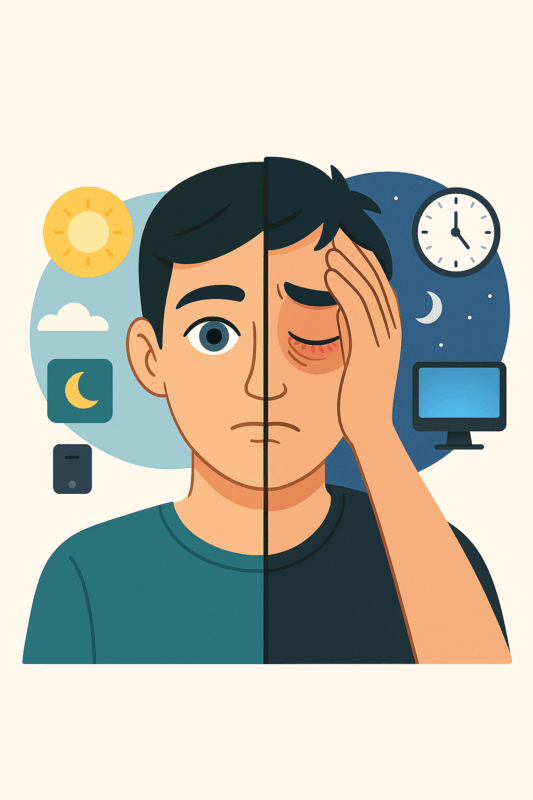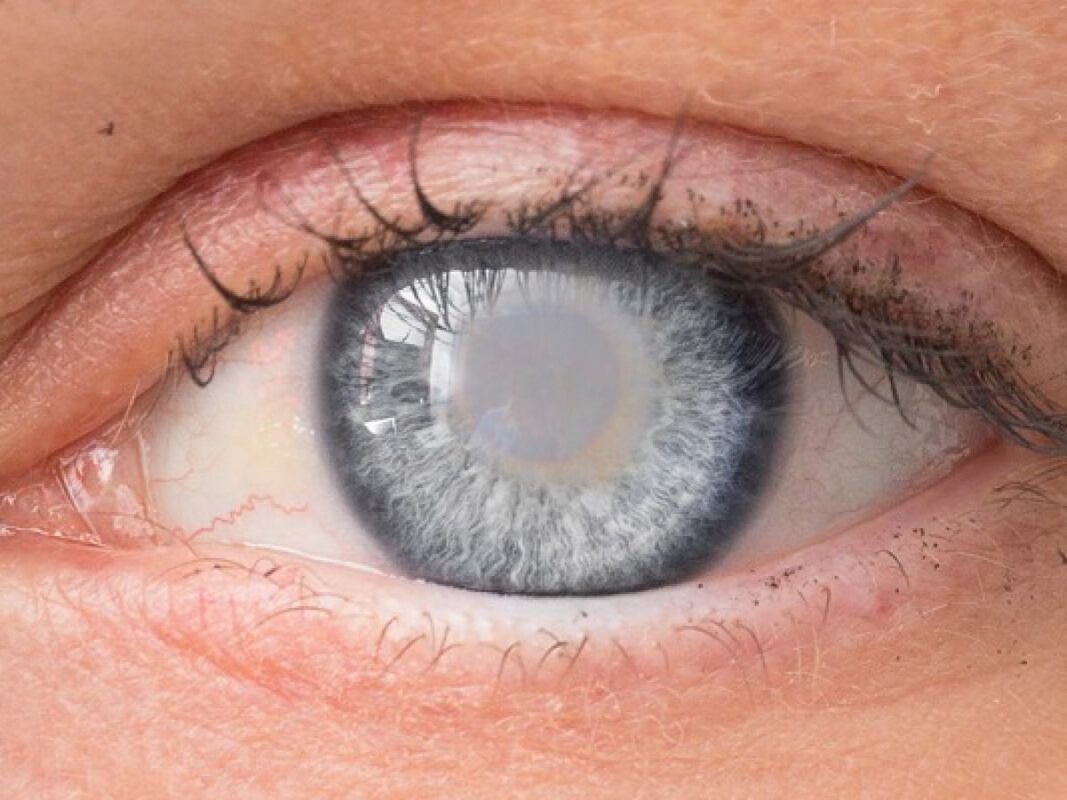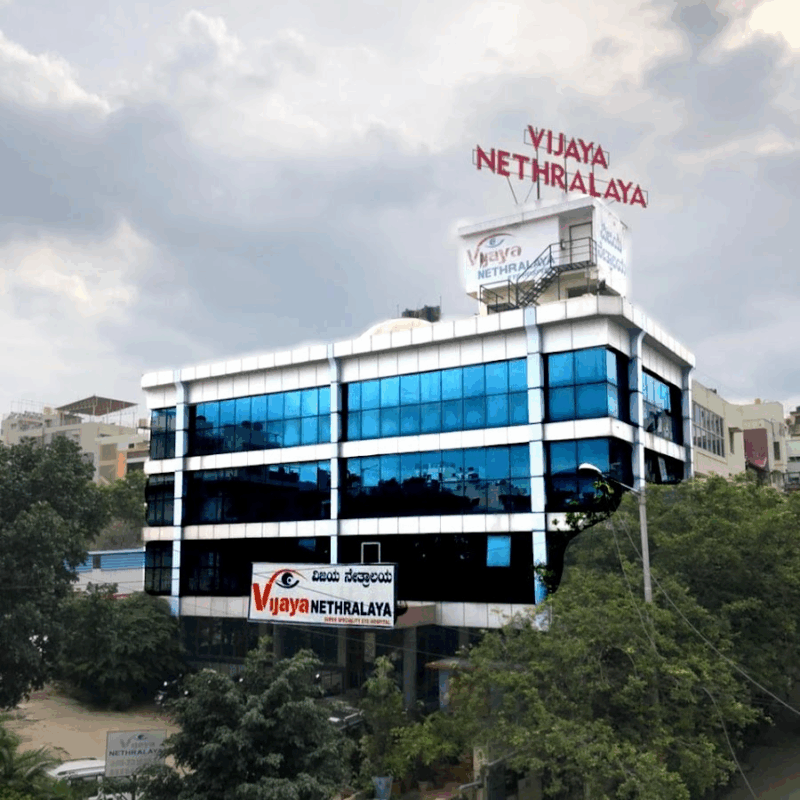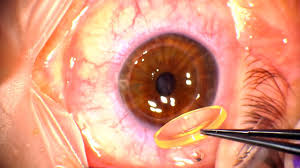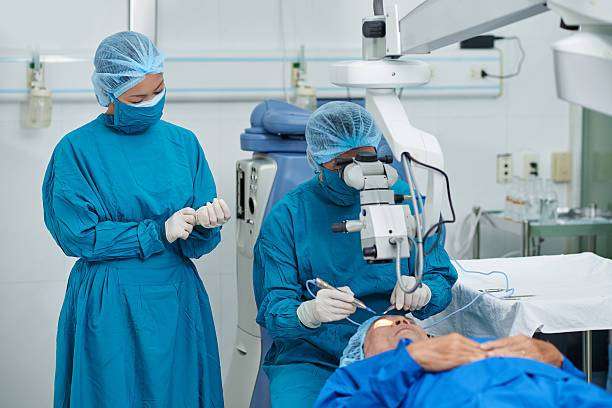Central retinal vein occlusion (CRVO) it occurs when the main vein that drains blood from the retina becomes blocked, causing a backup of blood and fluid in the retina is a condition in which the main vein that drains blood from the retina closes off partially or completely and it can cause blurred vision. This blockage can lead to fluid buildup, swelling, and potentially permanent vision loss if not treated promptly. CRVO is most commonly associated with underlying health conditions such as hypertension, diabetes, and high cholesterol, and it typically affects older adults. Recognizing the causes, symptoms, and available treatment options is crucial for managing the condition and preventing further damage to the eye. Early detection and intervention can significantly improve the chances of preserving vision and maintaining eye health.

Central Retinal vein Occlusion Causes:
CRVO can occur due to a variety of risk factors. It is most commonly associated with conditions that affect blood flow and clotting, including:
- Hypertension (High Blood Pressure): Increases the pressure within blood vessels, leading to the potential for blockages.
- Diabetes: Can damage blood vessels over time, increasing the risk of CRVO.
- High Cholesterol: Contributes to the formation of blood clots, which can block the retinal vein.
- Glaucoma: Increases the pressure inside the eye, which can lead to vein blockages.
- Aging: CRVO is more common in individuals over 50 years old, as blood vessels become more prone to damage with age.
- Smoking: Smoking can damage blood vessels and increase the risk of clot formation.
- Other Factors: Conditions like blood clotting disorders and obesity can also increase the likelihood of developing CRVO.
Central Retinal vein Occlusion Symptoms:
The symptoms of CRVO can range from mild to severe, depending on the extent of the blockage. Common symptoms include:
- Sudden Vision Loss: This is the most noticeable symptom and can occur quickly in one eye.
- Blurred or Distorted Vision: Vision may become cloudy or wavy, especially in the affected eye.
- Dark Spots: Small blind spots or shadows may appear in the field of vision.
- Visual Distortion: Straight lines may appear bent or distorted.
In some cases, the blockage can affect only a small part of the retina, leading to minimal symptoms, while in more severe cases, it can cause significant vision loss.
Central Retinal vein OcclusionTreatment:
While there is no cure for CRVO, several treatments can help manage the condition and prevent further vision loss. Treatment depends on the severity of the condition, the amount of swelling, and the presence of any complications like macular edema (swelling in the central part of the retina). Some of the main treatment options include:
- Anti-VEGF Injections: Doctors can inject medications like ranibizumab and aflibercept into the eye to reduce swelling and prevent the growth of abnormal blood vessels.
- Steroid Injections: Steroids can also be used to reduce inflammation and swelling in the retina.
- Laser Treatment: Focal or grid laser therapy may be used to treat macular edema or abnormal blood vessels, improving blood flow in the retina.
- Surgical Intervention: In rare cases, surgery might be needed to relieve pressure or address complications.
- Monitoring and Managing Underlying Conditions: Managing conditions like high blood pressure, diabetes, and cholesterol is essential for preventing further blockages.
Importance of Early Detection
Since CRVO can cause permanent vision loss if left untreated, early detection is crucial. Regular eye exams can help identify CRVO early, particularly in individuals with risk factors like high blood pressure, diabetes, or a history of blood clotting issues. If you notice sudden vision changes, especially in one eye, seeking prompt medical attention is important.
Prognosis
The prognosis for CRVO varies based on the extent of the damage, the speed of treatment, and the individual’s overall health. In some cases, treatment can significantly improve vision and prevent further damage. However, in severe cases, it can lead to permanent vision impairment or blindness. With proper care, many people with CRVO can maintain a good quality of life and prevent further deterioration of their vision.
Conclusion:
Central retinal vein occlusion is a serious eye condition that requires prompt medical attention. In conclusion, Central Retinal Vein Occlusion is a condition that requires immediate medical attention to prevent lasting damage to vision. Timely diagnosis and appropriate treatments, such as anti-VEGF injections or laser therapy, can effectively manage the condition, despite various risk factors. By staying informed about CRVO, understanding its symptoms, and monitoring for early signs, individuals can take proactive steps to safeguard their eye health and reduce the risk of vision impairment. Regular eye exams and managing underlying health conditions are essential for maintaining long-term ocular wellness.
Author Details:
Dr. Sushruth Appajigowda holds a prominent position as a Cornea, Cataract, Glaucoma, and LASIK Surgeon in Bangalore. He serves as the chief Cataract and Refractive surgeon at Vijaya Nethralaya Eye Hospital, Nagarbhavi Bangalore. Renowned as one of the finest LASIK surgeons nationwide, he brings with him over 12+ years of experience across multiple LASIK platforms, including ZEISS, ALCON, SCHWIND, AMO, and Bausch and Lomb. Dr. Sushruth, a Certified Refractive Surgeon and Fellow of the All India Collegium Of Ophthalmology, has successfully conducted over 5000 LASIK procedures. Furthermore, he stands as a distinguished speaker at various National and International Forums, using his expertise to guide you in selecting the most suitable procedure based on your health requirements.
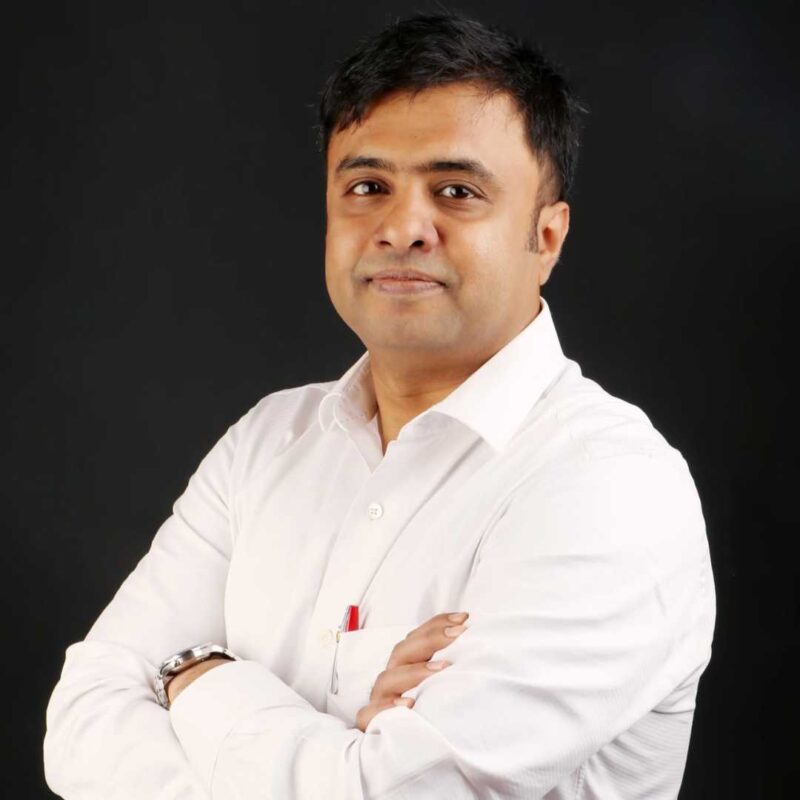
Lhttp://vijayanethralaya.com/link-in-bio/
FAQ:
1. What causes CRVO?
Conditions like high blood pressure, diabetes, glaucoma, or high cholesterol often cause CRVO by increasing the risk of blood clot formation in the retinal vein. Other factors like age and smoking can also contribute.
2. How is CRVO diagnosed?
An eye doctor can diagnose CRVO through a comprehensive eye exam, including retinal imaging, optical coherence tomography (OCT), and fluorescein angiography to assess the blockage and its effects.
3. Can CRVO lead to permanent vision loss?
If left untreated, CRVO can lead to permanent vision loss, but timely treatment can help manage symptoms and improve vision outcomes.
4. Can CRVO affect both eyes?
While CRVO typically affects one eye, it’s possible for the condition to occur in both eyes, especially in individuals with underlying health conditions like hypertension or diabetes.
5. How can CRVO be prevented?
Managing risk factors such as maintaining healthy blood pressure, controlling blood sugar, quitting smoking, and regular eye exams can help reduce the risk of developing CRVO.
6. Is CRVO a serious condition?
CRVO can be serious, as it may lead to significant vision impairment or blindness if not treated properly. Early detection and management are key to improving outcomes.
